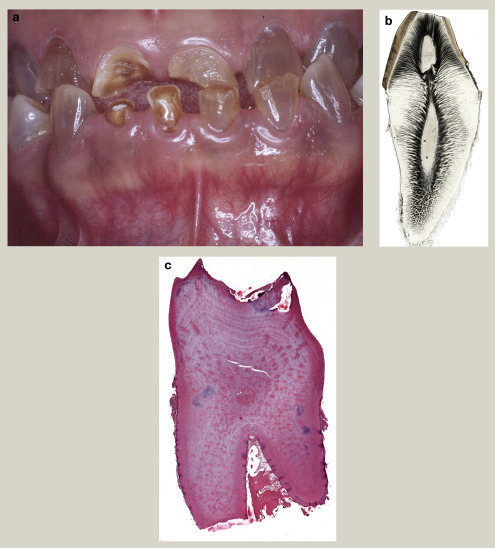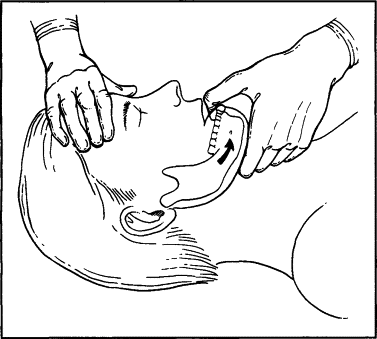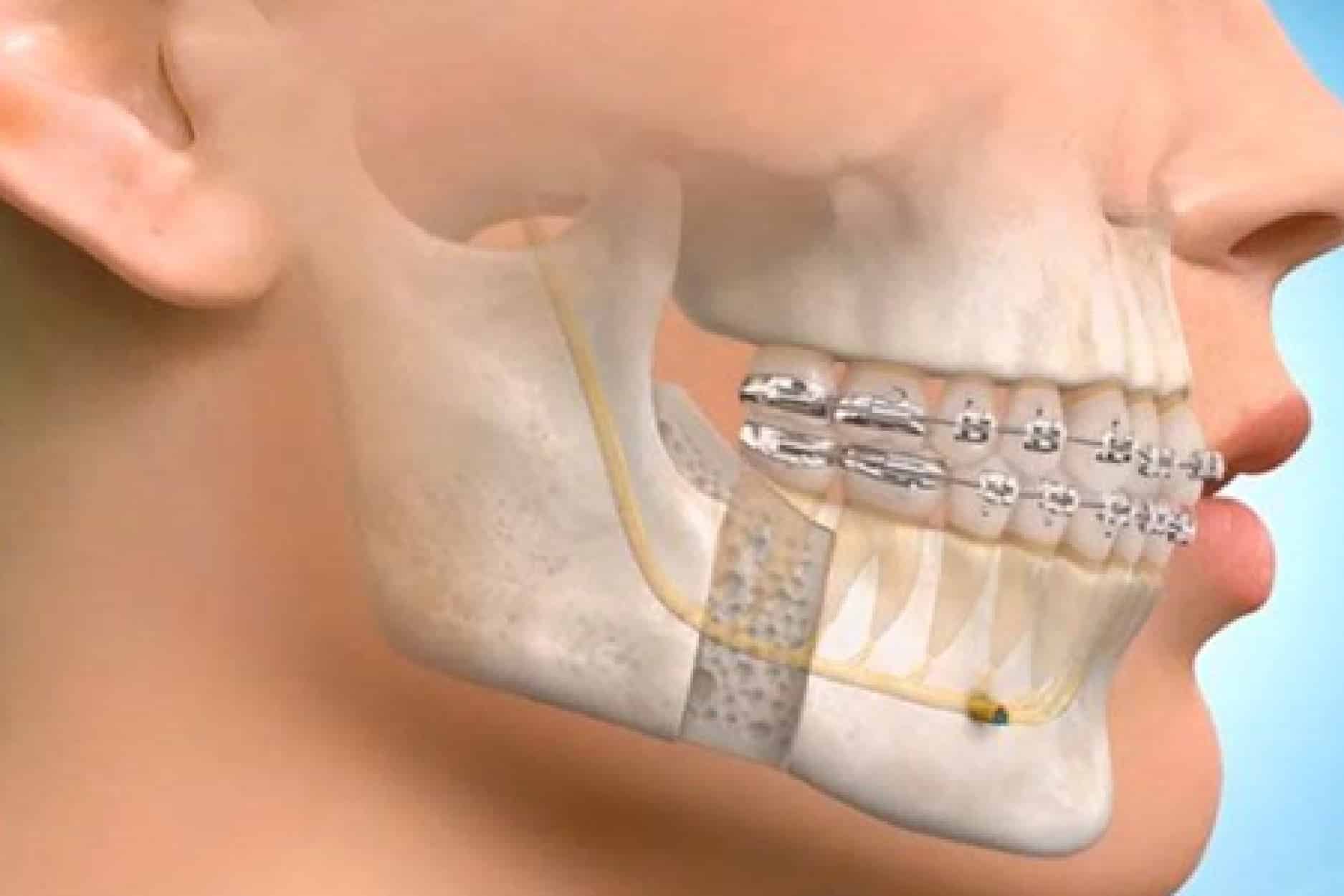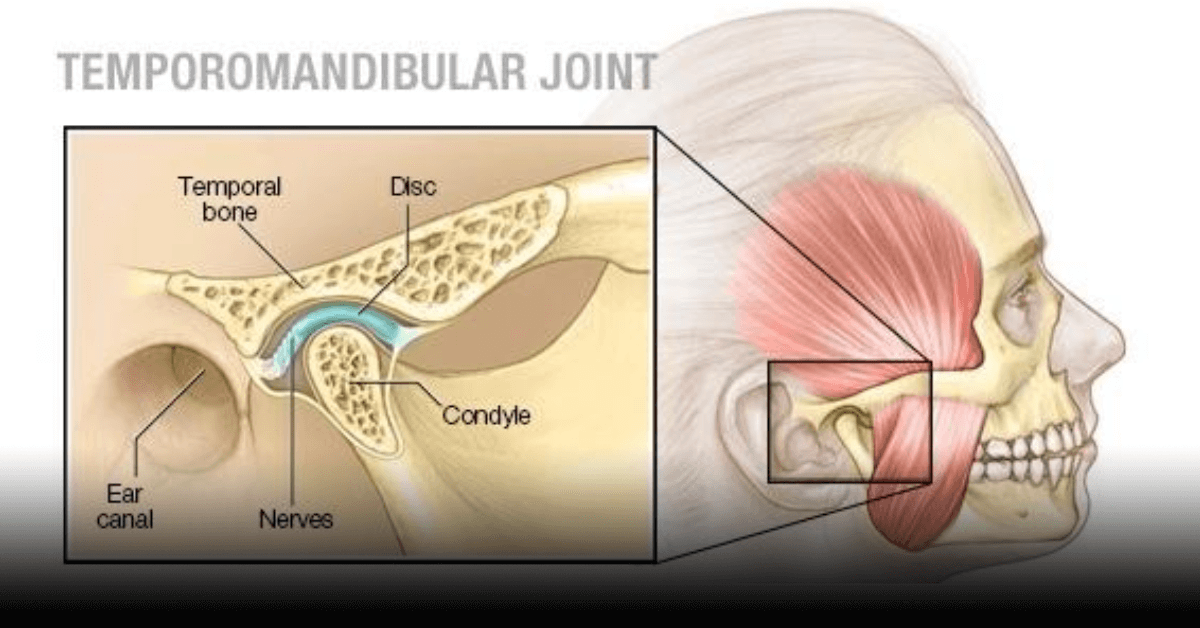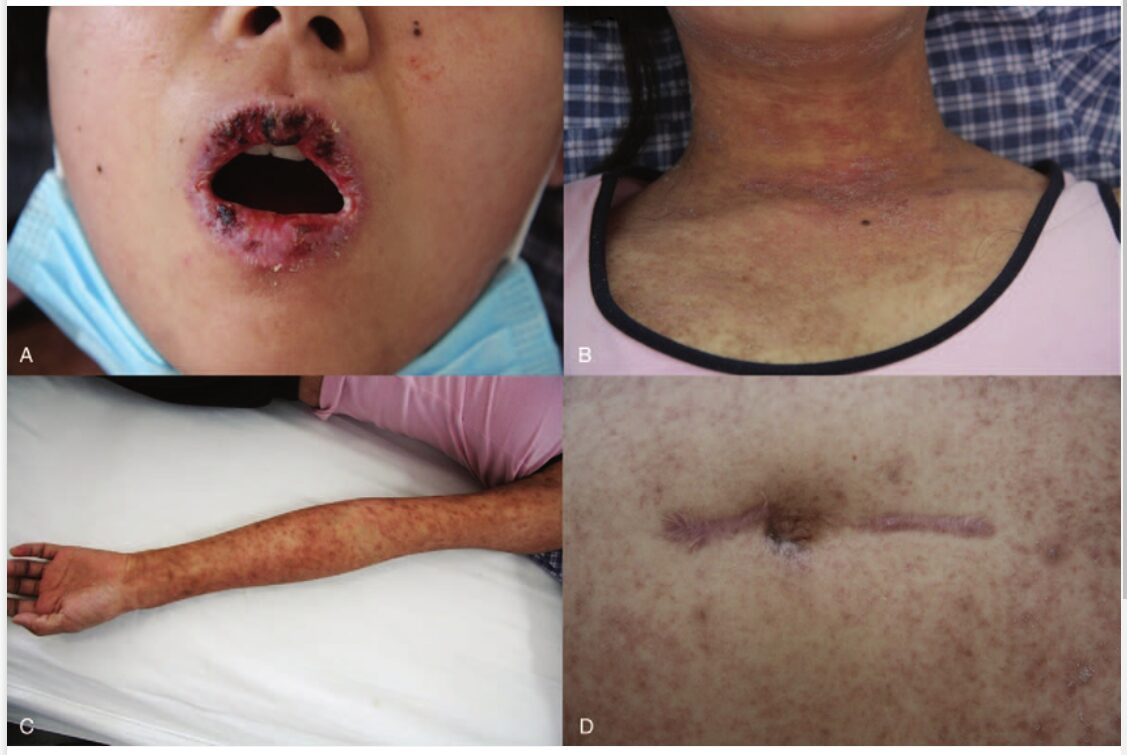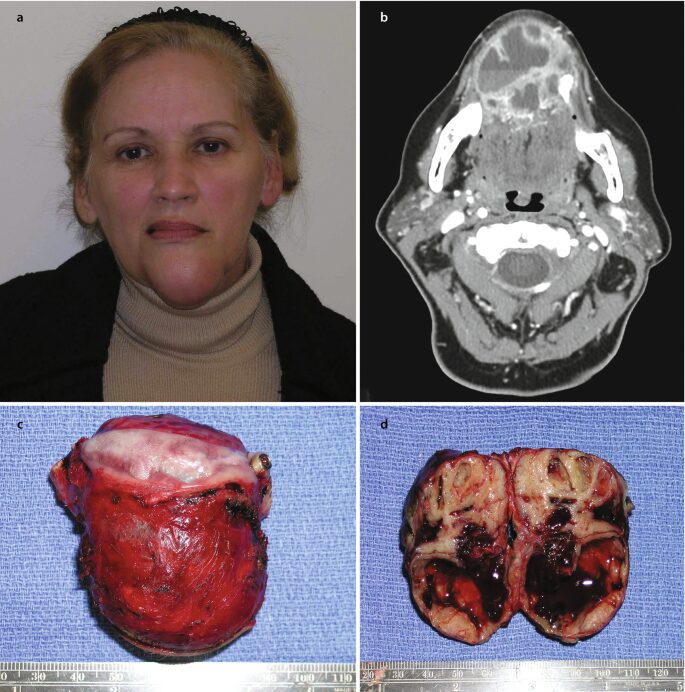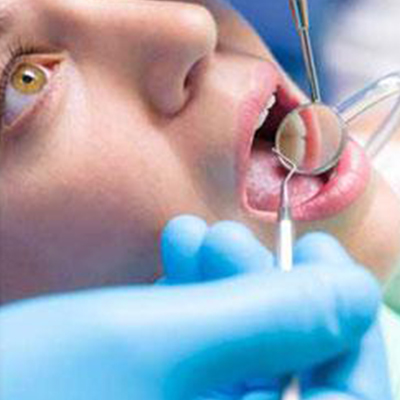Oral and Maxillofacial Pathology MCQsOral and Maxillofacial Surgery MCQs
MCQs on Fascial Space Infections – Oral and Maxillofacial Surgery
In this Post you will be able to take quiz containing important MCQs of Oral and Maxillofacial Surgery and topic covered in this Quiz will be Fascial Space Infections in Oral and Maxillofacial Surgery. Correct Answers are Marked in Bold and Blue colour.
Fascial Space Infections Multiple Choice Questions
- The greatest barrier to infection is:
A. Conncetive tissue
B. Epithelium
C. Muscle
D. Fascia
- Odontogenic infections are mostly caused by:
A. MIXED bacteria
B. Anaerobic bacteria
C. Aerobic bacteria
D. Streptococci - Among the following, which results in sudden swelling in the area of a dental:
A. Drug incompatibility
B. Paravascular injection
C. Infection
D. Vascular penetration
- After incision and drainage of an abscess, the infectious process has failed to egress inspite of the patient being on high doses of an antibiotic, it would be wise to:
A. Repeat culture and sensitivity tests
B. Insert a large drain
C. Augmenting antibiotic action by administration of parenteral proteolytic enzymes
D. Debride and irrigate the area with a fibrinolylic agent - Incision & Drainage (I & D) in an area of acute infection should be performed when:
A. Induration has occurred
B. localization has occurred
C. Acute pain is present
D. There is fever which is above 102°F - A 9-year-old child with carious maxillary lateral incisor, got small swelling over the respected area. In 48 hours, the swelling enlarged and reached to the lower border of eye, very sensitive, hot and, painful to the touch stimuli. The lymph node is palpable, fever present and the swelling rebounds on pressure. The recommended treatment is:
A. Antibiotic and hot fomentat
B. Incision and drainage
C. Injection of sclerosing unit
D. Application of pressure bandage - Pericoronitis is seen in relation to:
A. Impacted third molars only
B. Around incompletely erupted crown
C. Completely erupted crowns only
D. None of the above - Antibiotic medication for pericoronitis should be advised
A. If extraction is delayed (or) postponed
B. Before surgery
C. Routinely to treat pericoronitis
D. If trismus and fever present
- Which of the following is not a primary mandibular space?
A. Buccal
B. Sublingual
C. Submandibular
D. Pterygomandibular
- Ludwig’s angina involves…………. spaces
A. submandibular
B. submental
C. sublingual
D. All
- Ludwigs angina is usually caused by
A. Streptococci and various mixed anerobes
B. Anaerobic infection by prevotella and fusobacterium
C. Paramyxo virus
D. Candida species - Which of the following is not associated with the posterior aspect of lateral pharyngeal space?
A. Vagus nerve
B. Lymph node
C. Glossopharyngeal nerve
D. Carotid sheath - Which of the following is a secondary site for spread of odontogenic infection involving pterygo mandibuiar space?
A. Infra temporal space
B. Canine space
C. Buccal space
D. Sublingual space - In pterygomandibuiar space the inferior alveolar nerve passes
A. medial to stylomandibular ligament
B. anterior to the deep tendon of the temporal muscle
C. lateral to the sphenomandibular ligament
D. superior to lateral pterygoid muscle - The infection from a lower third molar pericoronal area spreads mostly to
A. Submandibular space
B. Submental space
C. Pterygomandibular space
D. Buccal space - The distinguishing feature of masticatory space infection is
A. Pain
B. Dysphagia
C. Trismus
D. Swelling - Retropharyngeal space infection is mainly due to spread of
A. Cervical tuberculosis
B. Meningo encephalitis
C. Mumps
D. Odontogenic infections
- The following space infection may cause severe respiratory difficulty and require tracheostomy:
A. Pterygopalatine space
B. Canine space
C. Temporal space
D. Parapharyngeal space
- The facial space that is divided by the styloid process into anterior and posterior compartments is
A. Pterygomandibular
B. Lateral pharyngeal
C. Retropharyngeal
D. Infratemporal - A mandibular dental infection from the mandibular first molar which exists the buccal cortical plate above the muscle attachment will cause abscess of
A. Buccal space
B. Masseter space
C. Vestibular sulcus
D. Masticatory space - Subperiosteal abscess, penetrating deep is seen after extraction of
A. Maxillary 3rd molar
B. Mandibular 3rd molar
C. Maxillary 1st molar
D. Mandibular 1st molar - Palatal abscess most commonly results from infection of
A. Maxillary centrals
B. Maxillary laterals
C. Maxillary canine
D. Maxillary premolars - Infection from the dangerous area of the face spreads to the cavernous sinus via
A. Neural sheath
B. Emissary veins
C. Orbital fissure
D. Ethmoidal air sinuses - The incision for drainage in Ludwig’s angina extends
A. up to the neck
B. to the angle of the mandible
C. floor of mouth
D. All the above - Osteomyelitis
A. Never occurs in infants
B. In acute cases fracture mandible is very common
C. Of mandible, can show symptoms of lip Paresthesia
D. Produces no lymphadenopathy - Involucrum is:
A. Dead bone
B. New live bone
C. Previous live bone
D. Sclerotic bone - Osteomyelitis of the jaw can be cured by:
A. Resection
B. Physiotherapy
C. Sequestrectomy with antibiotic
D. Drainage treatment - To drain pus from an abscess, the surgeon should
A. Cut an eclipse from the abscess surface to allow for a drain
B. Aspirate the contents
C. Penetrate into abscess cavity and probe with an artery to allow for flow of pus
D. Cut only the mucosa and skin - The technique of doing the incison and drainage of an abscess is known as
A. Andrew’s method
B. Hilton’s method
C. Nilaton’s method
D. Killey’s method - Hilton’s method deals with
A. Decompression of a cyst
B. Drainage of an abscess
C. Biopsy removal
D. Preanesthetic check-up - In a 19-year-old patient with a swelling over the left angle of the mandible, temperature of 38°c and negative history of trauma, one should suspect:
A. Spontaneous fracture of the mandible
B. Pericoronal infection
C. Mumps
D. Sjogren’s syndrome - If one treats an abscess with antibiotics without I & D it may cause:
A. Non-suppurative inflammatory reaction
B. Formation of antibioma
C. Healing with scar formation
D. None of the above - Buccal space is:
A. Primary maxillary space
B. Primary mandibular space
C. Both A and B
D. Secondary fascial space - The following are the characteristic features of Ludwig’s angina
A. Raised tongue
B. Bilateral submandibular swellings
C. Dysphagia
D. All of the above
- Which of the following is not true of Ludwig’s angina?
A. Involves bilateral submandibular, sublingual, submental space.
B. Characterized by cellulitis, brawny oedema and lymphadenopathy.
C. Difficulity in swallowing and breathing
D. Characterized by deviation to unaffected side
- A patient complaining of trismus and difficulty in swallowing, extraoral clinically no swelling with an anterior bulging of half the soft palate and the anterior tonsillar pillar with deviation of uvula to the unaffected side is suffering from:
A. Sub massetrric space infection
B. Parapharyngeal space infection
C. Pterygomandibular space infection
D. Peritonsillar infection - The roof of pterygo–mandibular space is formed by:
A. Temporalis muscle
B. Medial pterygoid muscle
C. Cranial base
D. Lateral pterygoid
- Which of the following is not present in pterygomandibular space?
A. Auriculo temporal nerve
B. Lingual nerve
C. Mandibular nerve
D. Mylohyoid nerve - Masticator space (Mainly pterygomandibular) communicates posteriorly with the following spaces:
A. Masseteric and sub-lingual space
B. Parotid and lateral pharyngeal space
C. Sub-mandibular and sub-lingual space
D. Lateral pharyngeal and pterygo manibular space - In pericoronal abscess related to distoangular impacted lower third molars the infection may spread to:
A. Submasseteric space
B. Sublingual space
C. Submental space
D. Buccal space - The most dangerous type of spread of infection from apical abscess is to:
A. Infra temporal fossa
B. Pterygoid
C. Parapharyngeal space
D. Submandibular space - Lateral pharyngeal space is not connected to
A. Buccal space
B. Sublingual space
C. Submandibular space
D. Retropharyngeal space - Trismus associated with infection of lateral pharyngeal space is related to irritation of the
A. Buccinators
B. Masseter
C. Lateral pteryrgoid
D. Medial pterygoid - A periapical abscess of a mandibular second molar space spreads most commonly to the:
A. Submandiluar space
B. Temporal space
C. Sublingual space
D. Infra temporal space - Infection from maxillary first molar drains into:
A. Submandibular space
B. Infratemporal space
C. Buccal space
D. Infraorbital space - After extraction of upper central incisor, patient develops ophthalmoplegia, meningitis and lateral rectus paralysis. The diagnosis is
A. Cavernous sinus thrombosis
B. Not related
C. Cellulitis
D. Ludwig’s angina - Abducent nerve paralysis is the earliest finding in the case of
A. Lefort III fracture
B. Nasoorbito ethmoid fracture
C. Zygomatic fracture
D. Cavernous sinus thrombosis
- Cavernous sinus thrombosis following infection of maxillary and anterior teeth most often results from spread of infected emboli along the:
A. Pterygoid plexus
B. Ophthalmic vein
C. Facial artery
D. Angular artery - The severe complication of the canine space infection is
A. Erosion of internal carotid artery
B. Erosion of external carotid artery
C. Cavernous sinus thrombosis
D. Respiratory paralysis - Death in Ludwig’s angina occurs due to
A. Sepsis
B. Respiratory obstruction
C. Cavernous sinus thrombosis
D. Carotid blow-out - Which of the following features is not associated with acute osteomyelitis of mandible
A. Severe pain
B. Purulent exudate
C. Paresthesia of lower lip
D. Radiographic evidence of bone destruction
- Treatment of Garre’s osteomyelitis is
A. Incision and drainage
B. Sequestrectomy
C. Saucerization.
D. Surgical recontouring
- Hyperbaric oxygen is indicated for
A. obstructive lung diseases
B. osteoradionecrosis
C. cardiac failure
D. renal diseases - Osteomyelitis of the TMJ can be treated by
A. Condylectomy
B. Irradiation
C. Incision and drainage, if needed condylectomy
D. None of the above
